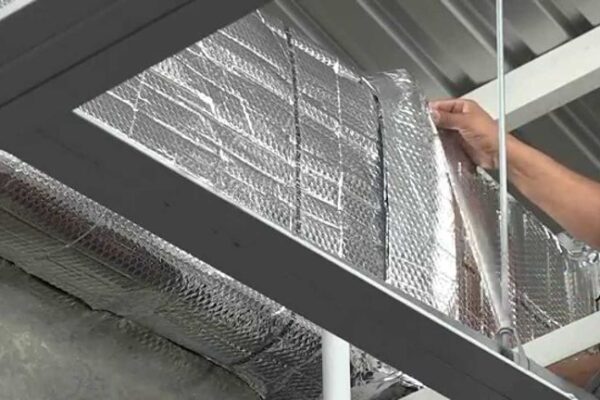11 Dynamic Glass Types for Buildings
The selection of Glass Types for buildings plays a crucial role in determining factors such as transparency, strength, and thermal insulation. There is a wide range of Glass Types for buildings, each offering unique characteristics and benefits.
Glass is a brittle and hard material that can either be transparent or translucent. It is produced through a fusion process, where sand is combined with lime, soda, and other admixtures and then rapidly cooled. Architects carefully consider the appropriate Glass Types for buildings to achieve the desired aesthetic and functional outcomes.
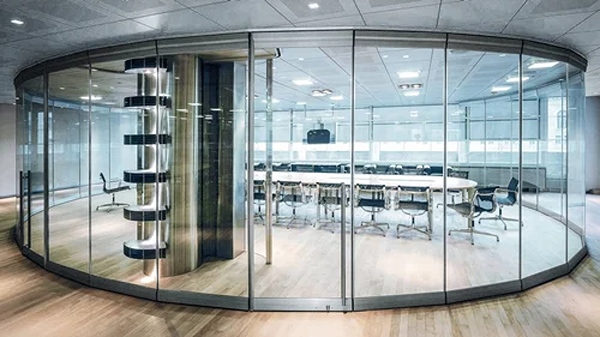
Glass finds extensive use in architectural applications for buildings and structures. Energy-efficient, shatterproof, and laminated Glass Types for buildings are gaining popularity in modern construction. There are various types of glass available, each serving specific purposes.
1. Chromatic Glass
Chromatic glass has the ability to control transparency and protect interiors from daylight. Different types of chromatic glass include photochromic (light-sensitive lamination), thermochromic (heat-sensitive lamination), and electrochromic glass.
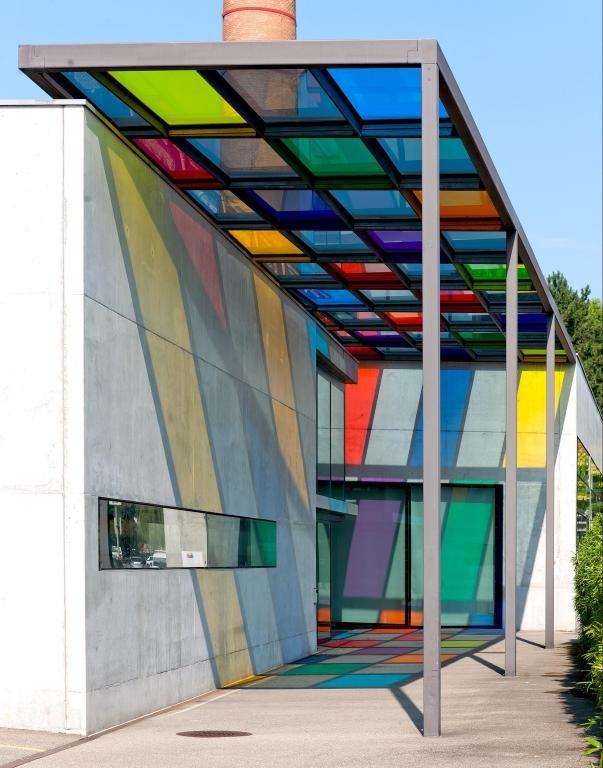
2. Laminated Glass
Laminated glass is composed of two layers of glass bonded together with interlayers to create a strong, unified structure even when broken. The interlayers provide support and ensure the glass remains intact. Laminated glass can have different thicknesses and may incorporate various glass combinations or coatings to achieve desired qualities such as low emissions or enhanced insulation. It is commonly used in architectural applications and can be found in skylight glazing and automobile windshields. In areas prone to hurricanes, laminated glass is often used in storefronts, curtain walls, and windows to ensure resistance to strong winds.
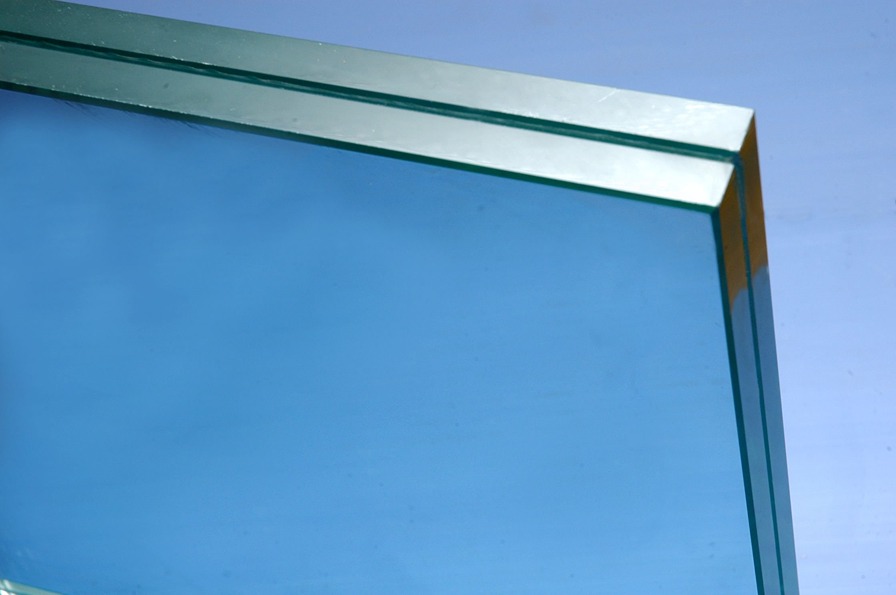
3. Shatterproof Glass
Shatterproof glass is a type of laminated glass where two or more glass sheets are bonded together with an invisible interlayer, typically made of polyvinyl or resin. This interlayer helps reduce sound transmission and blocks UV rays, thereby providing a quieter and UV-protected environment. Shatterproof glass is particularly suitable for situations where human impact or the risk of glass falling is a concern.
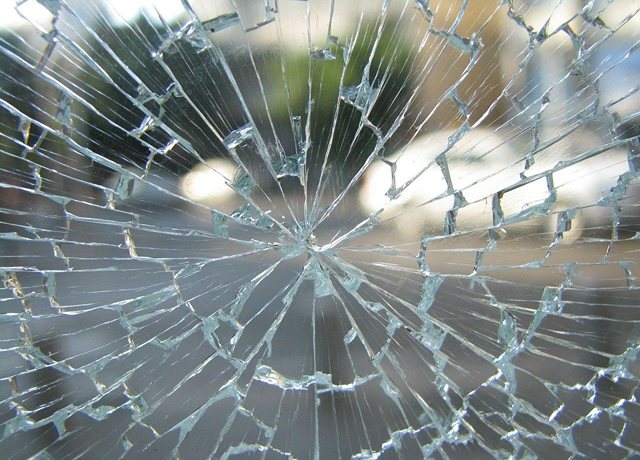
4. Energy-efficient Glass
Energy-efficient glass is manufactured by coating float glass with a thin layer designed to improve energy efficiency. This type of glazing incorporates low-emissivity coated glass to prevent heat from escaping through windows, resulting in improved thermal insulation for buildings.
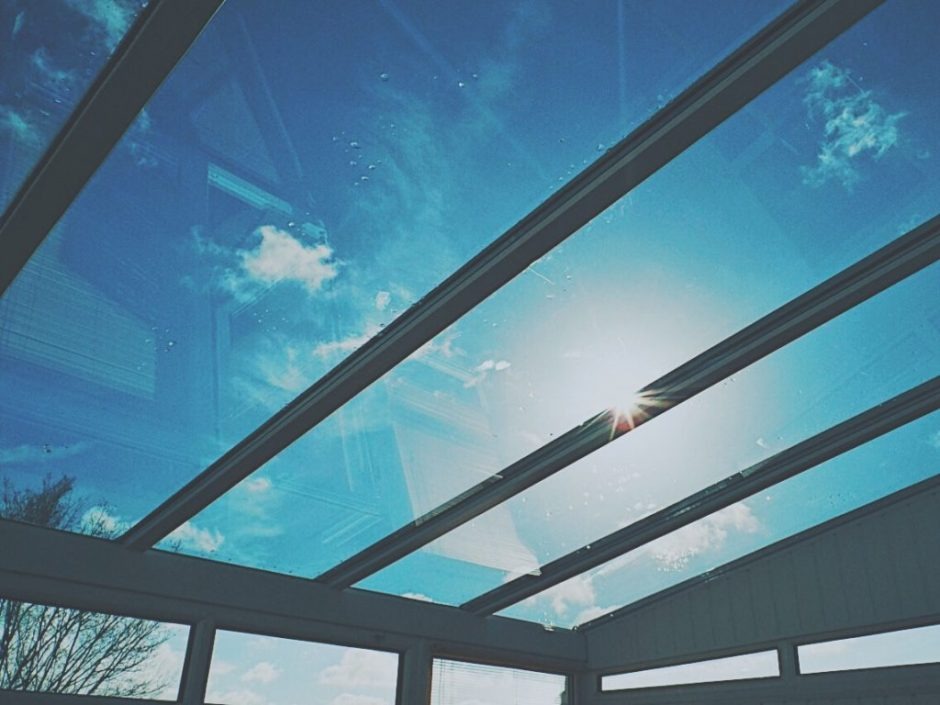
5. Wired Glass
Wired glass has been utilized for several decades due to its ability to prevent shattering during emergencies. The glass is reinforced with wire mesh during the manufacturing process, making it more durable and fire-resistant compared to regular float glass. Also known as Georgian wired glass, it is available in diamond or square grids. In the event of high-impact activity causing the glass to break, the wire mesh holds the shattered pieces in place, reducing the risk of injury to individuals nearby.

6. Stained Glass
Stained glass refers to colored glass used in the creation of various works. Throughout history, it has been primarily associated with windows in churches and significant religious buildings. While traditionally made in flat panels for use as windows, modern stained glass artists also incorporate three-dimensional structures and sculptures into their creations.

7. Toughened Glass
Toughened glass is a physically and thermally robust type of glass. Research shows that it can withstand surface compression of at least 10,000 pounds per square inch, making it classified as safety glass. Toughened glass is approximately four to five times stronger than annealed glass and three times stronger than heat-strengthened glass. Its strength and resilience make it less susceptible to damage in the presence of calamities or disasters. The manufacturing process involves subjecting regular glass to extreme heat and then rapidly cooling it, resulting in an altered chemical composition that enhances its durability.
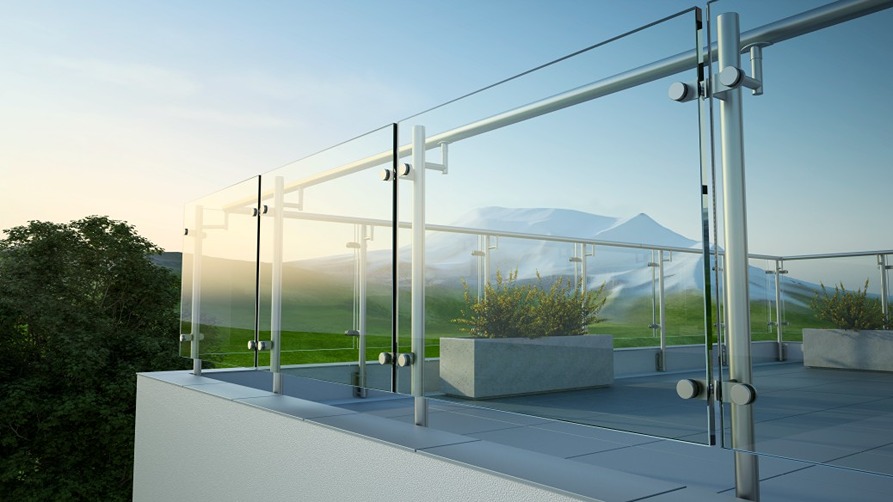
8. Self-cleaning Glass
Self-cleaning glass is a specialized type of glass with a surface that stays clean and free of dirt and grime. Self-cleaning coatings fall into two categories: hydrophobic and hydrophilic. Both types rely on water to clean the glass, with hydrophobic coatings causing droplets to roll off and hydrophilic coatings allowing water to sheet off and carry away dirt. Hydrophilic coatings, particularly those based on titania (titanium dioxide), possess the additional ability to chemically break down absorbed dirt when exposed to sunlight.
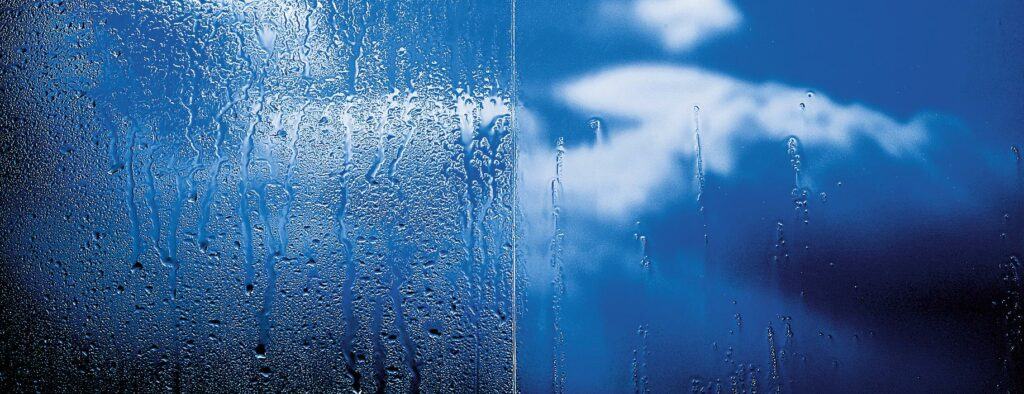
9. Sheet or Flat Glass
Sheet glass, also known as flat glass or plate glass, is initially manufactured in a flat form. It is commonly utilized for windows, glass doors, transparent walls, and windshields. In some cases, modern architectural and automotive applications involve bending the flat glass after it has been produced in a plane sheet.
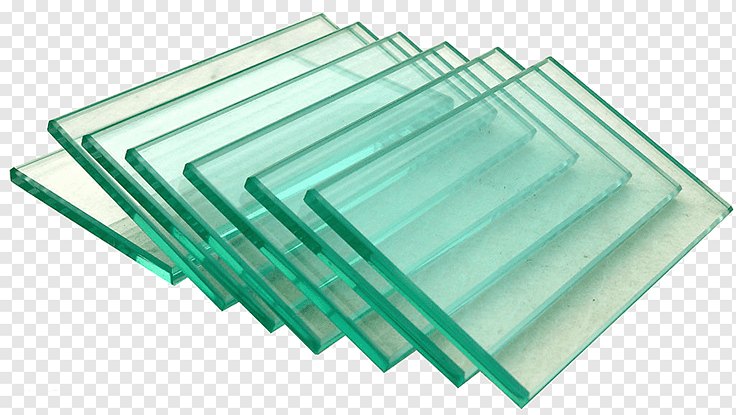
10. Float Glass
Float glass is produced by floating molten glass on a bed of molten metal, often tin, although lead and other low-melting-point alloys were historically used. This process ensures the resulting glass sheet has uniform thickness and extremely flat surfaces. Float glass is widely used in the manufacturing of modern windows. The majority of float glass is soda-lime glass, although small quantities of specialty borosilicate and flat panel display glass are also produced using this method. It is a super smooth and distortion-free glass with a natural greenish hue, capable of transmitting incident light.
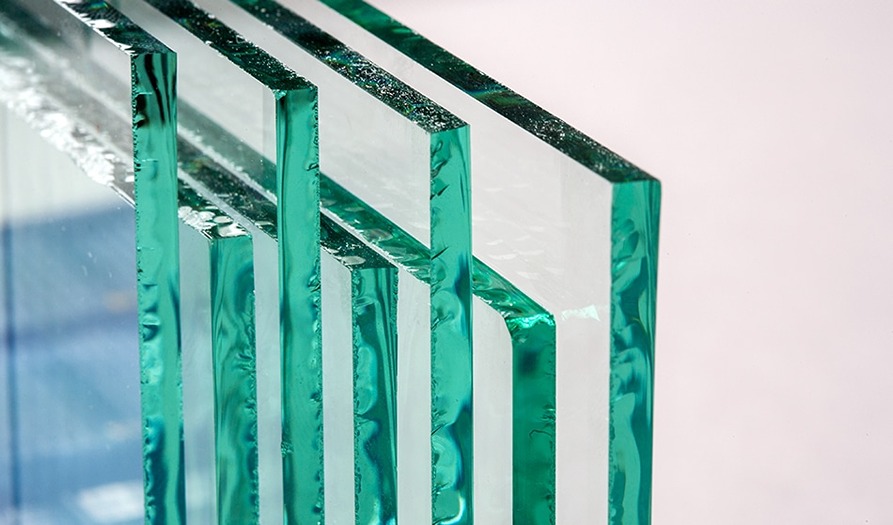
11. Heat-strengthened Glass
Heat-strengthened glass is similar to tempered glass, but the cooling process is slower. Annealed glass is heated to around 650-700 degrees Celsius, and then it is cooled more gradually compared to tempered glass. Heat-strengthened glass is approximately twice as strong as annealed glass of the same size and thickness. It retains the properties of ordinary float glass and serves as a semi-tempered glass option.

Why is Glass Utilized in Construction?
Glass finds extensive use in construction due to its properties that make it suitable as a transparent glazing element in building structures. It is commonly employed in the form of windows integrated into external walls and internal partitions. Glass allows natural light to enter the building, provides visual connectivity with the surroundings, and contributes to the aesthetic appeal of architectural designs.
What is the Most Commonly Used Glass in Construction?
The most prevalent type of glass used in construction is float glass, also known as soda-lime glass. Float glass is manufactured by the float glass process, where molten glass is floated on a bed of molten metal, resulting in a smooth, flat sheet with uniform thickness. Its widespread use can be attributed to its availability, cost-effectiveness, and versatility in various construction applications.
Key Properties of Glass
Glass possesses several engineering properties that make it a desirable material in construction:
Transparency: Glass is primarily valued for its transparency, allowing light to pass through and providing a clear view. It can be transparent from one or both sides, while the opposite side may act as a mirror.
Workability and Recyclability: Glass exhibits excellent workability, enabling it to be molded into diverse shapes or blown during the melting process. Additionally, glass is highly recyclable, allowing it to be repurposed as a raw material in construction and contributing to sustainable building practices.
Strength: Glass is inherently brittle, but its strength can be enhanced by incorporating admixtures and laminates. The strength of glass is determined by its modulus of rupture value, which influences its ability to withstand external forces and impacts.
Light Transmittance: Glass has the property of transmittance, which refers to the visible fraction of light that passes through it. The degree of light transmittance can be controlled through different types of glass, such as clear, tinted, or coated glass, to meet specific design and functional requirements.
U Value: The U value represents the heat transfer rate through the glass. In the context of insulated glass units (IGUs), which consist of multiple glass layers with an insulating space in between, a low U value is desirable. It indicates better thermal insulation, reducing heat loss or gain through the glass and contributing to energy-efficient building design.
